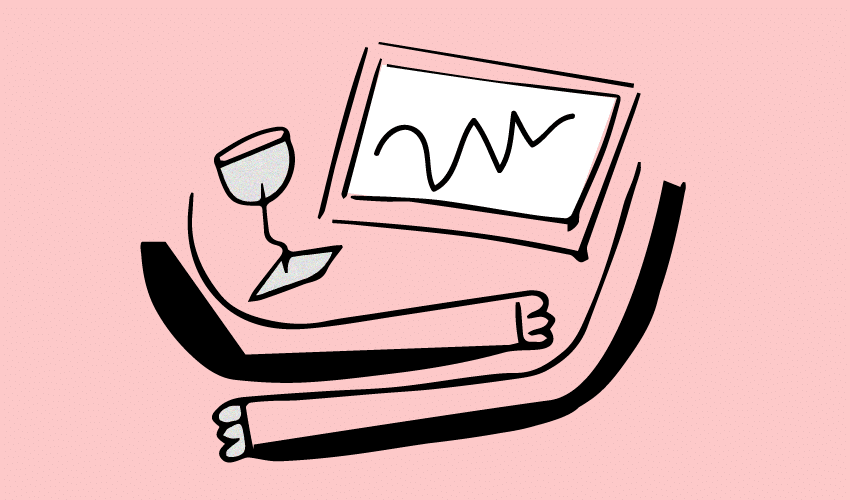It Feels Good to Be on Top: on the Construction of Power in the Artworld
It Feels Good to Be on Top: on the Construction of Power in the Artworld

Try and google image search the two terms power and art world and look at the top results: People in formal-but-not-too-formal-expensive-but-not-too-expensive outfits, casually posing on chairs and couches, in front of large canvases, with a wine glass in hand, in white cubes, with folded arms; smart diagrams that explain how power is distributed in the artworld[1] using keywords and colorful geometric shapes; wallpapers with inspirational quotes by Hans-Ulrich Obrist. Stop. This is where it gets interesting.
Let’s look at this particular one: A stock image of a luxurious indoor pool flanked by two huge, ornamented marble columns (“Marmor, das Gestein der Macht“[2]) and potted palm trees, behind that a large glass facade overlooking a foggy urban skyline. A person practicing Qi Gong was photoshopped into the background. Against this picturesque backdrop appears the alleged quote by Obrist: “To be honest, I think, for me, the power is always with art. The art world clearly couldn’t happen without art”. WHOA WAIT A MINUTE. There is no artworld without art? Inspirational. Mind-blowing!
But actually, there is no art without the artworld, either. The philosopher and art critic Arthur Danto wrote: “To see something as art requires something the eye cannot decry – an atmosphere of artistic theory, a knowledge of the history of art: an artworld.”[3] Danto forgot to mention a minor detail, though: the artworld is not merely constituted by an intellectual context, but also by certain socio-economic and political structures, by a network of people and institutions. It’s a rather complex entanglement whose modes of action determine the circulations of meaning and money – and power. So when Hans-Ulrich said that „the power is always with art“, he must have silently added, „and with me.“ Because even though art can be powerful of course, in the artworld the power is never just situated within the artwork.
As a hyperactive, omnipresent curator, writer and critic, Mr. Obrist certainly pulls strings and operates at the core of the artworld. If he were an artist, his work would hang on the wall of your dentist’s waiting room. You cannot avoid him. He has power. He is on top. Or rather, he was – at least according to the magazine ArtReview, who has just issued the 16th iteration of their Power 100 list. This year, the German artist and theorist Hito Steyerl has kicked H-U. Obrist off the top spot – being only the third artist and the very first female artist to ever head the ranking of “the most influential people in the contemporary artworld“. OK, so being on top = power = having influence. But how do you measure something as vague as influence? Apparently by gathering an (anonymous!) jury of authors, artists, curators and critics who then decides (not based on personal taste!) which art players have “shaped the production and distribution of art and ideas within the artworld and beyond“ the most.
Despite, or maybe exactly for the reason that power is such an opaque concept, it’s being talked about A LOT in the artworld and preferably in combination with numbers and simple catchphrases: “14 Young Power Players Set to Become the New Art World Aristocracy“, “30 Rising Power Players in the Eastern Art Scene“, “The ArtReview Power 100“. And it’s funny – just because there are a few more artists, feminist thinkers and activists and just a few less hyper rich gallery owners and collectors included in 2017’s various power rankings, there are articles stating that, finally, they are “more about ideas than money“ and how great it is, despite the still overwhelming dominance of white, male positions, to see more ladies and non-Western artists being included. Like they’re saying, See? The artworld isn’t that superficial, money-driven, male-dominated and white after all, just take this random listing as a proof.
But what do the *insert random number* most influential power players listings really proof in the end? They claim to impartially mirror trends in the contemporary artworld by generously acknowledging influential positions. And while trying to appear democratic and inclusive, they really just serve as yet another tool to perpetuate elitism, establish hierarchies and manifest imbalances. In doing so, they are a testimony of how the artworld still gets turned on by authority and power.
[1] The essay “The Artworld” in which Danto coined the term “artworld”, by which he meant cultural context or “an atmosphere of art theory,” first appeared in the Journal of Philosophy (1964) and has since been widely reprinted. Source: Wikipedia
[2] Malaria!: Macht/ Power. In: Emotion. Moabit Musik, 1982.
[3] Danto, Arthur: Symposium: The Work of Art. The Artworld. In: Journal of Philosophy Vol. 61, No. 19 (October 15, 1964), p.580.
Written by: Marie Beckmann
Images by: Nico
My most glamorous friend once stated “Babe, I don’t do winters. I follow the sun.” I was on my deathbed, trying to survive a flu from hell when she dropped that totally useless piece of information but every winter since I’ve asked myself: Why don’t I follow the sun? Why am I incapable of figuring out how to swerve this pointless season altogether?
Let’s face it, winter is a horrendous time. Being able to wear jumpers and going for walks in the crisp subzero temperatures does absolutely nothing for my wellbeing, and don’t even get me started on winter sports. There are, however, a few things that can make this godawful season somewhat bearable.
Get DADDY in your Inbox
Stay in the loop by subscribing to our newsletter